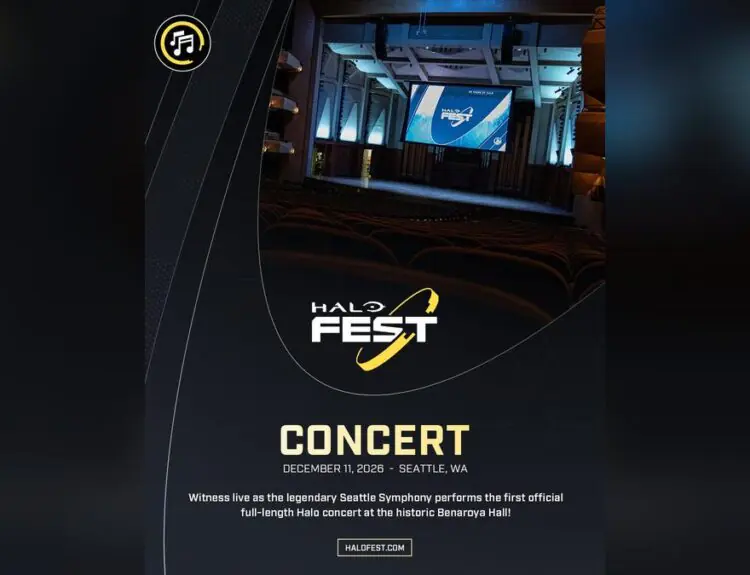It seems that scammers and phishers are on the rise in this day and age of heightened technological dependence, with everyone all but forced inside during the social distancing period to combat the COVID-19 pandemic. Blizzard has taken the time to warn their player base of a higher-than-usual number of scammers sending out phishing scams in an effort to help them stay safe.
If you haven’t heard the term, phishing is essentially a simple scam where scammers/hackers attempt to gain your information so that they can take your online account, whether it be a gaming account or your banking information. Oftentimes this is done with them posing as some sort of an authority figure that would have need of your password, or by telling you to go to a shady, third-party website and sign in with your account information, stealing it with ease.
Phishing scams and emails are on the rise. These emails may appear to provide free items or threaten suspensions/bans/account deletions unless you log into your account. Make yourself aware of phishing by viewing the article here: https://t.co/8KXD6jiJyz
— Blizzard CS – The Americas (@BlizzardCS) April 29, 2020
“Phishing emails may appear as promotions that give you something for free or threaten account suspension,” Blizzard warns, pointing out common signs. “These emails may have simple mistakes that someone writing professionally wouldn’t make, so check for bad grammar and spelling. Do not reply to emails that ask for your account information. We only need to confirm account details through email if you’re talking to a Game Master about a ticket.”
Blizzard also warns that official Blizzard Entertainment emails will come from a specific set of domains, which includes: @blizzard.com, @email.blizzard.com, @gear.blizzard.com, @overwatchleague.com, or @battle.net. Users should exercise extreme caution when dealing with an email from a different domain, though even if it appears to come from an official source, it’s still best to check the email’s header to make certain.
In terms of fake websites, which also seem to be on the rise, players should ensure that any Blizzard website they’re visiting is on either the blizzard.com or battle.net domain. If asked to log into a site that isn’t on either of those domains, do not continue to do so, as it is undoubtedly a fake website seeking to steal your information.
To help combat these issues, it’s best to forward any phishing emails or fake contacts such as these to Blizzard via the [email protected] email. Copy and paste the entire email header into the message body as well so that Blizzard can adequately chase and deal with the source of the scam.
It’s nice to see Blizzard doing what they can to keep account security up to a maximum as well. With scams on the rise, it ends up falling to us to help make sure that we don’t lose our information.







